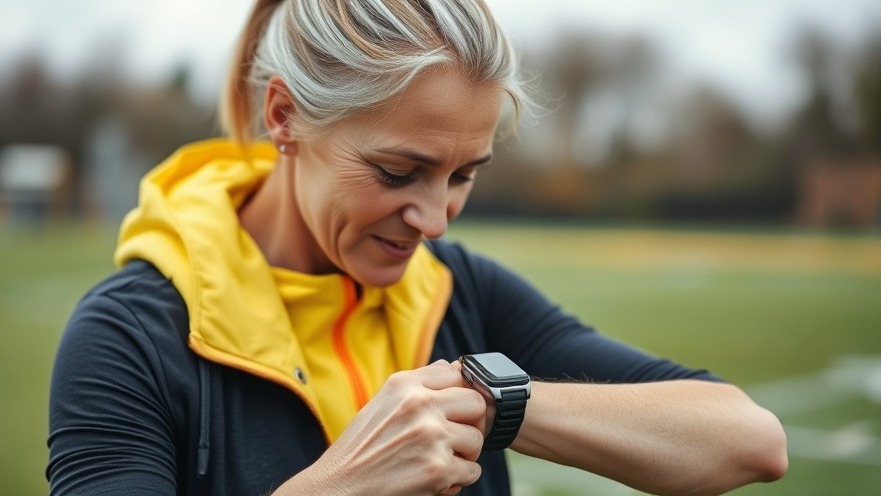
Could Your Smartwatch Unlock the Secrets to Dementia Detection?
In a world where technology meets health, the revolutionary capabilities of smartwatches may soon extend beyond mere fitness tracking. Recent studies suggest that devices designed to monitor our daily activities, such as steps and sleep, could play a pivotal role in identifying dementia risk. With a focus on not just health metrics but also cognitive well-being, smartwatches might hold the key to early detection of conditions that affect the growing aging population.
Understanding Movement Patterns and Their Implications
A significant study involving around 50,000 participants, mainly aged 67, conducted by Neuroscience Research Australia, identified key indicators linking gait patterns to dementia risk. The findings pointed to walking speed and frequency as crucial factors in determining cognitive decline. It was discovered that individuals who walked more quickly and more often lowered their dementia risk by approximately 40%. Increasing walking speed by just 4.6 centimeters per second could lead to a dramatic 32% reduction in dementia risk, emphasizing the importance of movement for cognitive health.
Sleep Patterns: The Often Overlooked Factor
In addition to mobility, the research unveiled a surprising connection between sleep habits and dementia risk. Going to bed too early and exceeding nine hours of sleep raised the chances of developing dementia by an astonishing 60%. This correlation implies that variations in sleep patterns are not merely personal preferences but may signal underlying neurological changes. Thus, understanding your sleep habits, made easier with smartwatch technology, can be an essential step towards navigating cognitive health.
The Future of Wearables in Health Monitoring
Given that millions already utilize smartwatches, integrating cognitive tracking into these devices could revolutionize personal health management. With the potential to monitor changes in walking patterns and sleep, wearables could serve as early indicators of cognitive issues long before they manifest as noticeable symptoms.
Your Fitness Ecosystem: How Does This Affect Trainers and Gym Owners?
As a fitness professional, it’s essential to recognize how various factors influence your clients’ overall health, especially elderly clients who may exhibit changes in cognitive function. Encouraging clients to engage with wearable technology not only enhances their fitness journey but also provides benefits beyond physical fitness. Incorporating education around movement and sleep can help trainers craft personalized fitness programs that address cognitive health, ultimately improving retention and creating a more holistic approach to wellness.
Staying Ahead of Cognitive Decline: A Revolutionary Opportunity
As the tech and health industries converge, the potential for proactive detection of cognitive conditions is within reach. For gym owners and personal trainers, leveraging technological advances can create a new dimension of service, focusing not only on physical fitness but mental resilience. By staying informed and integrating these insights, you can empower your clients to take charge of their health, setting the stage for better outcomes.
 Add Row
Add Row  Add
Add 




Write A Comment